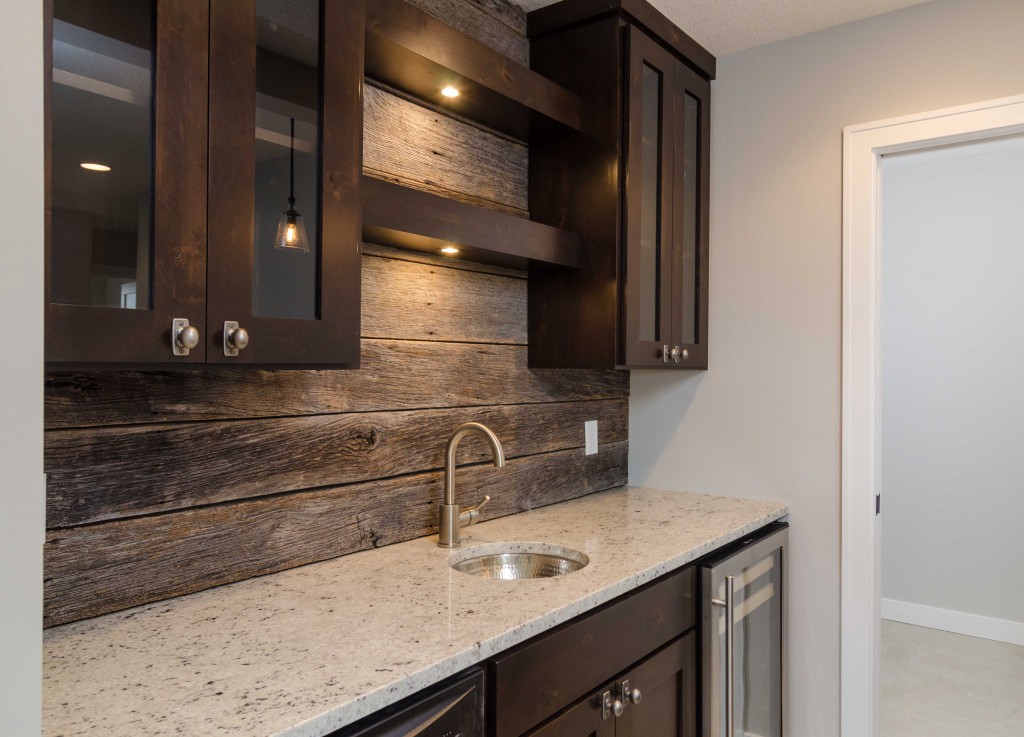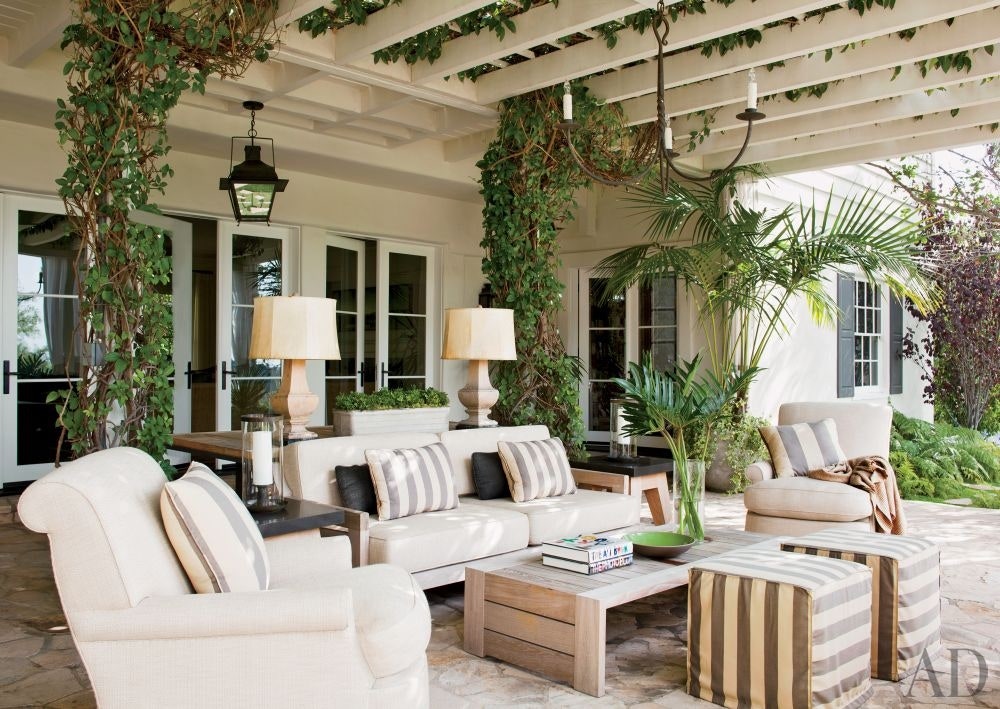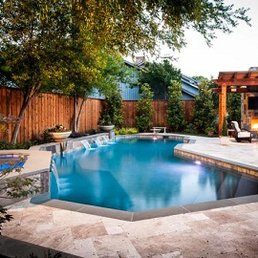
Many apartments or homes have an extra bedroom that is not a bedroom, living space, or office. Typically, it is a basement or attic that you can use for a variety of purposes, including crafting and crafty activities. Before you start implementing these ideas, check with your lease. You may not be allowed to modify the use or bonus space in certain cases. Check your lease carefully if you're renting your home.
A study room can be used to create a more intimate environment. You could use the spare room to create a home theatre or a Pilates or yoga class. It should be big enough to accommodate instructors and students. It can also be a guest room. The extra room can be used for family or friends to relax and unwind. This will help to keep the noise down.

If you have older children, consider making an open flex area a playroom. You can add bean bag chairs and a sectional couch to keep the children busy. To make it more liveable, you can also add shelves to the area. Another fun way to use the space is as a study area for adults. You can also turn it into a room for music, which can accommodate both you and your spouse.
Consider converting extra space from your home into an additional room. You don't need to store books or TVs in your spare room. Instead, make it a playroom. This room can be used as a home office, library, guest room, small office, or recreation space. If you have small children, the spare room could be used as a play area or a relaxing place. You could even hire an interior designer to decorate it for you.
A yoga room can be made in your spare bedroom. By adding a movie screen and a chair, you can create a movie theater feel in your spare room. If you have a hobby that you enjoy, you can place a movie poster or film memorabilia on the walls of your new movie theater. Your friends can also come to your home theater to see a movie. This will make a great place to entertain your guests.

A library can be created in an additional room. You can store books in this room, and you will be more productive if you have a designated space. Make the spare bedroom a library, if this is what you are looking for to do. If you're a bookworm, you can turn the spare room into a reading room by placing a book shelf. If you're a professional, you can use a bookcase as a desk, and keep a catalog cabinet in the corner.
FAQ
How can you remodel a house without spending any money?
If you are looking to renovate a house with no money, here are some steps:
-
Make a budget plan
-
Learn what materials are needed
-
Pick a place for them
-
Make a list.
-
Determine how much money you have
-
Plan your renovation project
-
Get started on your plans
-
Do some research online
-
Ask friends and family for help
-
Get creative!
Is it better to hire either a general or subcontractor?
A general contractor will usually cost more than a subcontractor. A general contractor often has many workers, which means they can charge their clients more for labor. A subcontractor on the other side only employs one person, so he/she charges less per-hour.
How can you avoid being ripped off during renovations to your house?
Knowing what you're paying for is the best way to avoid being scammed. Before signing any contract, read through the fine print carefully. Blank contracts should not be signed. Always request a copy of any signed contracts.
What room should first be renovated?
The heart of any house is the kitchen. The kitchen is where you will spend the majority of your time cooking, entertaining, or just relaxing. You can make your kitchen more functional and appealing by using these tips!
The bathroom is also an important part of any home. The bathroom provides privacy and comfort while you do everyday chores like brushing your teeth, shaving and bathing. Consider adding storage to these rooms and installing a tub instead of a bathtub. You may also want to replace old fixtures with modern ones.
Statistics
- Rather, allot 10% to 15% for a contingency fund to pay for unexpected construction issues. (kiplinger.com)
- It is advisable, however, to have a contingency of 10–20 per cent to allow for the unexpected expenses that can arise when renovating older homes. (realhomes.com)
- They'll usually lend up to 90% of your home's "as-completed" value, but no more than $424,100 in most locales or $636,150 in high-cost areas. (kiplinger.com)
- Design-builders may ask for a down payment of up to 25% or 33% of the job cost, says the NARI. (kiplinger.com)
- ‘The potential added value of a loft conversion, which could create an extra bedroom and ensuite, could be as much as 20 per cent and 15 per cent for a garage conversion.' (realhomes.com)
External Links
How To
How do I plan for a whole house renovation?
Planning a home remodel takes planning and research. There are many things you should consider before starting your project. You must first decide what type home improvement you want. You can choose from a variety of categories, such as kitchen or bathroom, bedroom, living space, or living room. Once you've chosen the category you want, you need to decide how much money to put towards your project. If you don't have experience with working on houses, it's best to budget at minimum $5,000 per room. You might be able get away with less if you have previous experience.
Once you know how much money your budget allows you to spend, then you will need to decide how big a job it is you are willing to take on. For example, if you only have enough money for a small kitchen remodel, you won't be able to add a new flooring surface, install a new countertop, or even paint the walls. You can do almost everything if you have enough cash for a full-scale kitchen renovation.
Next, you need to find a contractor who is experienced in the type project that you want. This will ensure you get quality results and save you a lot of hassle later. Once you have hired a contractor, gather materials and other supplies. You might need to make everything from scratch depending upon the size of your project. However, there are plenty of stores that sell pre-made items so you shouldn't have too much trouble finding everything you need.
Once you've collected all the materials you will need, you can begin to plan. To begin, draw a sketch of where you would like to place furniture or appliances. Next, design the layout of your rooms. Remember to leave enough space for outlets and plumbing. Make sure to position the most visited areas close to the front door. Visitors can also easily access them. Last, choose the colors and finishes that you want to finish your design. In order to avoid spending too much money, stick to neutral tones and simple designs.
Once you have completed your plan, it is time to begin building. Before you start building, check your local codes. Some cities require permits while others allow homeowners to build without one. You will need to first remove all walls and floors that are not required for construction. Next, you'll lay down plywood sheets to protect your new flooring surfaces. You will then attach or nail pieces of wood together to make the cabinet frame. You will attach doors or windows to the frame.
There are some final touches that you will need to make after you are done. Covering exposed pipes and wires is one example. You will need to use tape and plastic sheeting for this purpose. You'll also want to hang pictures and mirrors. Keep your work area tidy and clean at all times.
These steps will ensure that you have a beautiful and functional home, which will save you tons of money. Now that you are familiar with how to plan a whole home remodel project, it is time to get started.